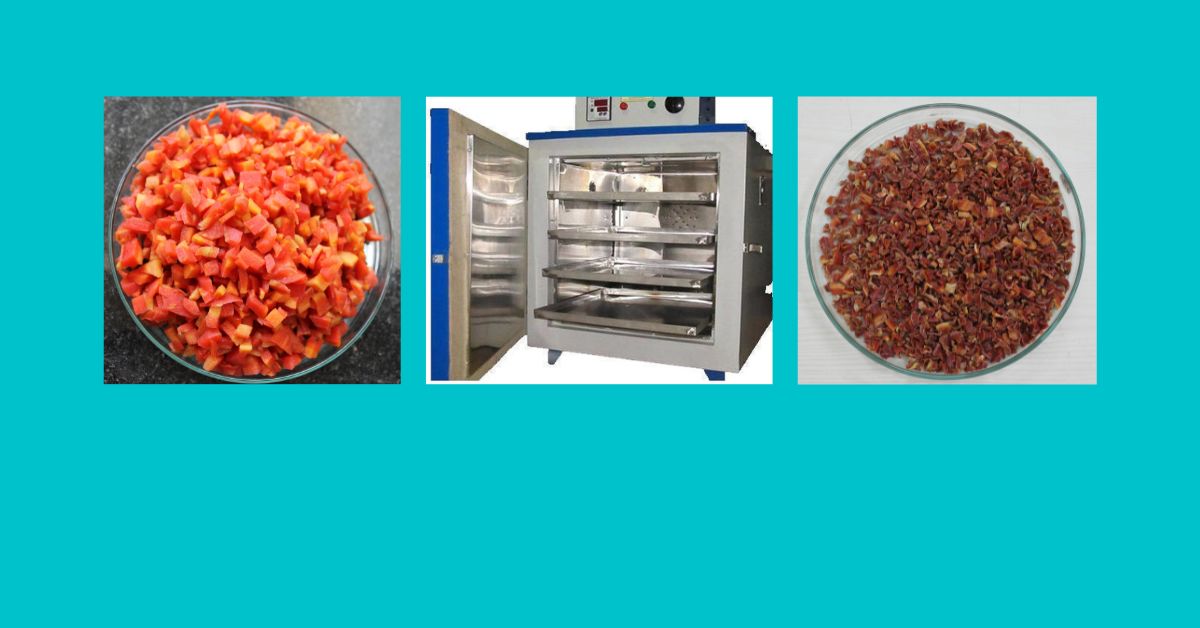Size reduction
What is size reduction
Agricultural and horticultural produce or raw materials for food industry are usually large in size and they must be reduced in size by means of cutting, crushing, grinding, impact etc.
Size reduction is the term used to indicate the process of breaking such large size materials/produce into small pieces for easy handling. These small size pieces/powder can further used for making new products.
Size reduction is an important unit operation to facilitate further processing operations.
Besides agricultural processing and food engineering field, size reduction operation is carried out in chemical, pharmaceutical and also in mining industries. Size reduction operation is also known as comminution, diminution or pulverization.
Why size reduction is an important unit operation?
Raw materials/ agricultural produce are often large in size and therefore it should reduced in size so that they can be easily handled during processing. By reducing size of raw food materials, subsequent processing become easy and final product become more handy and can made in different forms.

Benefits of size reduction
- Size reduction increases surface area.
- Mixing of many ingredients can be carried out uniformly and easily. For effective mixing of two materials, smaller particle size is needed.
- Appearance of final food product can be improved by reducing particle size. Example: Grain flours can used effectively to make variety of food products rather than small pieces of grains.
- In case of emulsions, stability can be increased by reducing size of oil globules.
- In case of fruit beverages, size reduction of fruit pulp produces finer particle size. It reduces rate of sedimentation.
- In case of solid foods, smaller size particles can dry faster.
- To improve Bioavailability: As particle size of food decreases the rate of absorption increases.
Methods of size reduction
There are numerous size-reduction equipment, developed to handle specific materials . Properties of raw material should be consider while selecting the proper equipment.
In case of solid foods, hardness of raw produce is most important as in every size reduction method/equipment, energy required to create new surface area is proportional to hardness of raw material.
Flow properties should also considered as in continuous size reduction operations, probability of choking discharge outlet.
Following are the methods of size reduction.
Cutting
Cutting is the process of breaking large piece of any food material into small pieces by means of sharp edged knife. Cutting can be done by hand operated small knife/cutter or can be performed by mechanically operated cutters.
Grinding
In grinding, large size material is reduced in size by fracturing them. In food industry, grinding of grains occurs due to mechanical forces applied on grains that results in breaking the grain structure. Grinding converts grain into smaller pieces or flour. Grinding tools often has an abrasive surface to facilitate size reduction. Grinding process can be manually operated or mechanically operated.
Crushing
Crushing refers to the process of breaking large pieces into smaller pieces by applying force on it. When external force is in excess of the material strength, the material fails because of it break/rupture from many directions and new reduced size particles are produced of irregular size and shape. Examples are: Food grain flour, oil from oilseeds, juice from sugarcane etc.
Impact
When food grains are subjected to rotating hammers or metal bars at high speed, the grains are impacted by hammer and thus broken in size. Hammer mill is the example of this, where high speed rotating hammers impacted food grains and reduce the grain size.
Shearing
Shearing process combines cutting and crushing method of size reduction. Shearing unit has knives and bars to reduce the size of feed material.
Various equipment are used for size reduction such as hammer mill, plate mill, ball mill, grinders, jaw crushers, gyratory crushers, cutting machines (having rotating knives), attrition mill etc.




